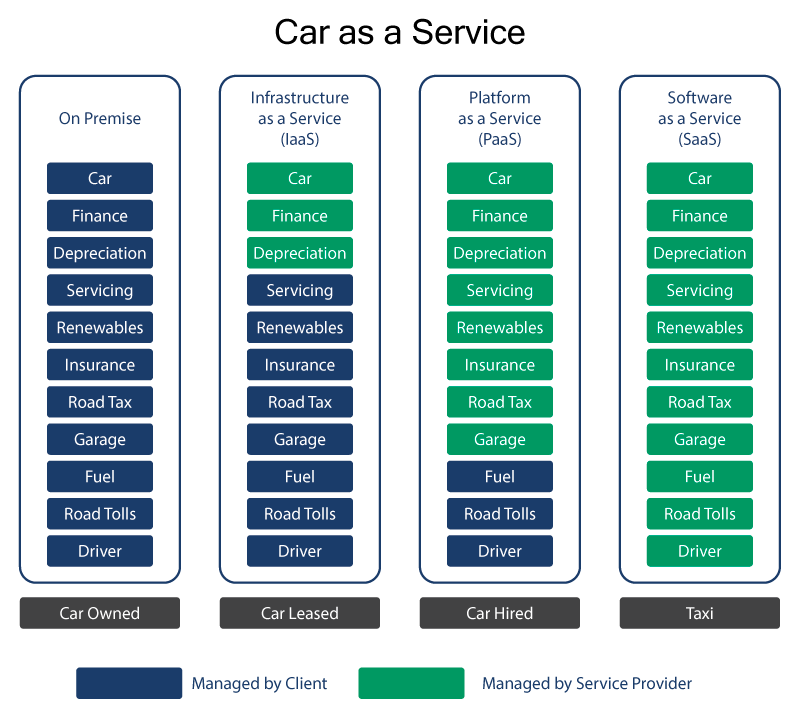Cloud Computing Solutions
site-pOpmLQ • January 25, 2023
Cloud Computing Solution

Cloud computing solutions are a set of services that allow companies to store, manage, and process data remotely, through the internet. These services can be provided by a variety of companies and can include the following:
- Infrastructure as a Service (IaaS): This type of service provides companies with virtualized computing resources, such as servers, storage, and networking, over the internet. Examples of IaaS providers include Amazon Web Services (AWS), Microsoft Azure, and Google Cloud Platform (GCP).
- Platform as a Service (PaaS): This type of service provides companies with a platform for building, testing, and deploying applications without the need to manage the underlying infrastructure. Examples of PaaS providers include Heroku, Salesforce, and AWS Elastic Beanstalk.
- Software as a Service (SaaS): This type of service provides companies with access to software applications over the internet, without the need to install or maintain the software on their own servers. Examples of SaaS providers include Salesforce, Microsoft Office 365, and Zoom.
- Backup as a Service (BaaS): This type of service provides companies with the ability to store and recover data remotely. Examples of Backup as a Service providers include Carbonite, Mozy, and IDrive.
- Disaster Recovery as a Service (DRaaS): This type of service provides companies with the ability to recover their data and systems in case of a disaster. Examples of Disaster Recovery as a Service providers include Veeam, Zerto and IBM
- Security as a Service (SECaaS): This type of service provides companies with security solutions such as firewall, intrusion detection and prevention, and VPNs to protect data and systems. Examples of Security as a Service providers include Symantec, McAfee, and Cisco.
These cloud computing solutions can be accessed through a pay-as-you-go model, allowing companies to scale their services up or down depending on their needs.
CloudFun Dairy

從企業的角度來看 Serverless 最大的優勢就是降低成本,這篇文讓我們看到可口可樂因此省了多少錢。Serverless 可以真的做到「按件計酬」—當沒有使用的時候就沒有花費,這也是它跟 PaaS 最大的不同之處,因為 PaaS 不會因為一個事件而開啟整個應用程序又結束,但是 FaaS 可以做到。不過,如果你的應用程式結構複雜並且會長時間運行,那麼使用 Serverless 不會幫你省到什麼費用。 Serverless 最適合的情境是是不固定、落差大的需求量(spiky demands)。 Serverless 省錢方便的好處也有它的犧牲,由於許多工作都交給了第三方管理,所以企業對產品整體的控制權會減弱,也會有安全性、災後回復的風險。 從開發人員的角度來看 Serverless 可以將維運的負擔降到最低(比如說,不需要為不同的環境設定不同的機器),並且它與 Nanoservices, Microservices, SOA (Service-Oriented Architecture) 的概念是天作之合。同時,由於 FaaS 的高伸縮性,同時併發的請求們(concurrent requests)再也不是難題。 然而,由於 Serverless 還算是一個新的技術,再缺乏有經驗的人的引導之下,可能會導致個元件的碎片化(component fragmentation)、增加整以架構的複雜程度(complex ≠ complicated)還有增加測試的困難。 Serverless 也不是適合所有的架構。當你的應用程式依賴了很多第三方套件(3rd Party Dependencies),那麼表示當你打包這個應用程式時,它會變得很巨大,就不能發揮 FaaS 輕便簡潔的優勢了。

